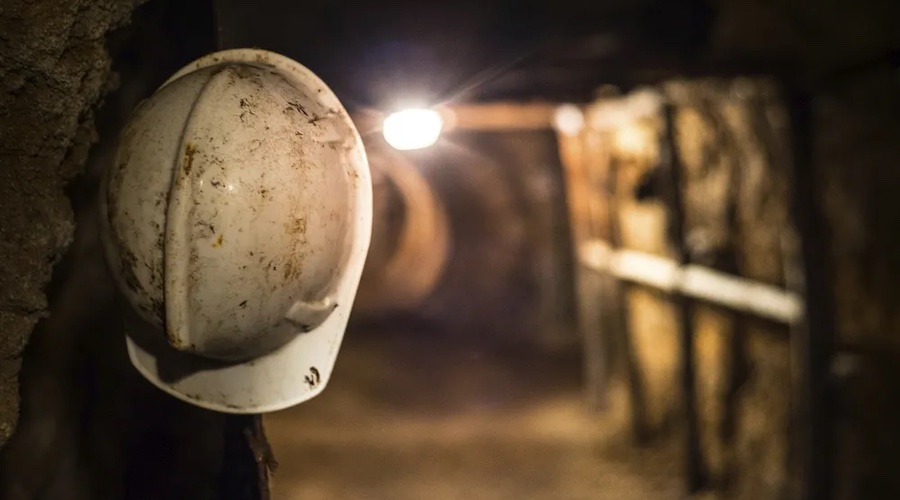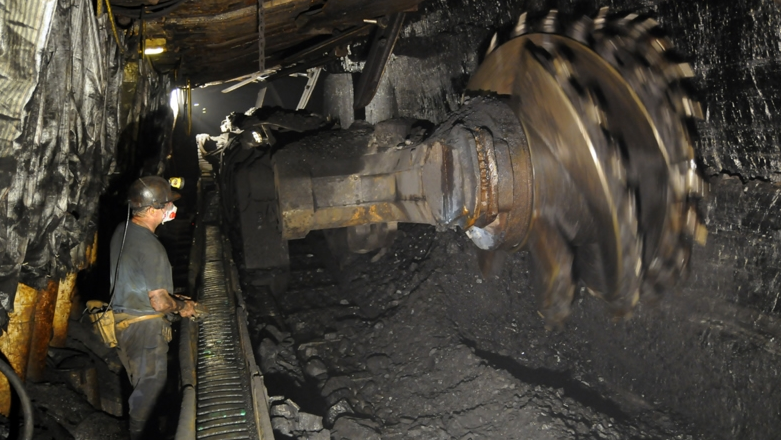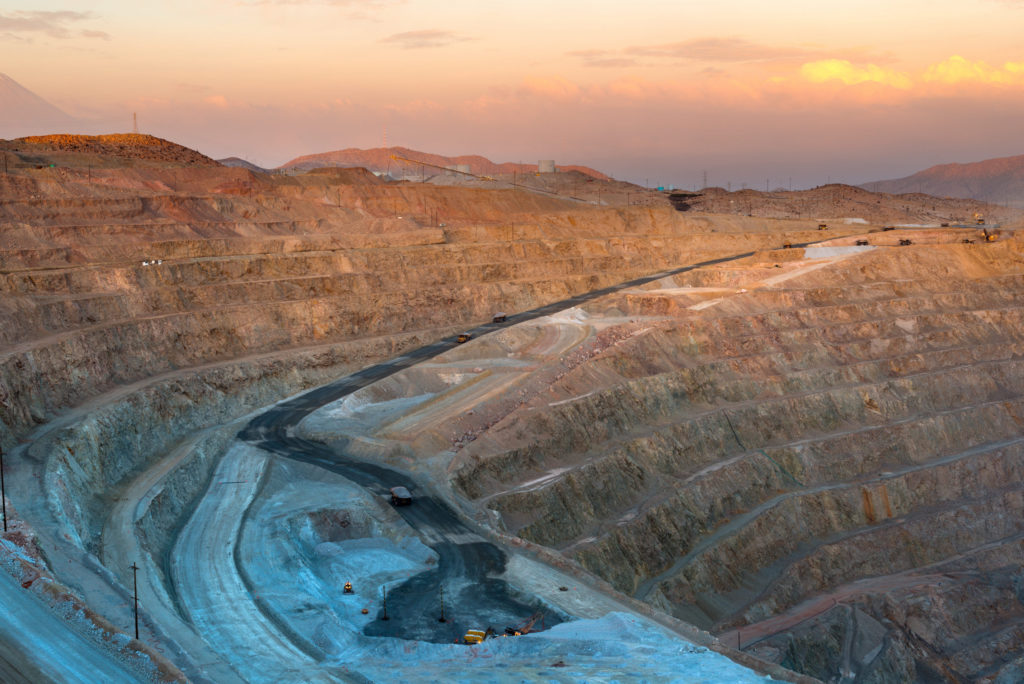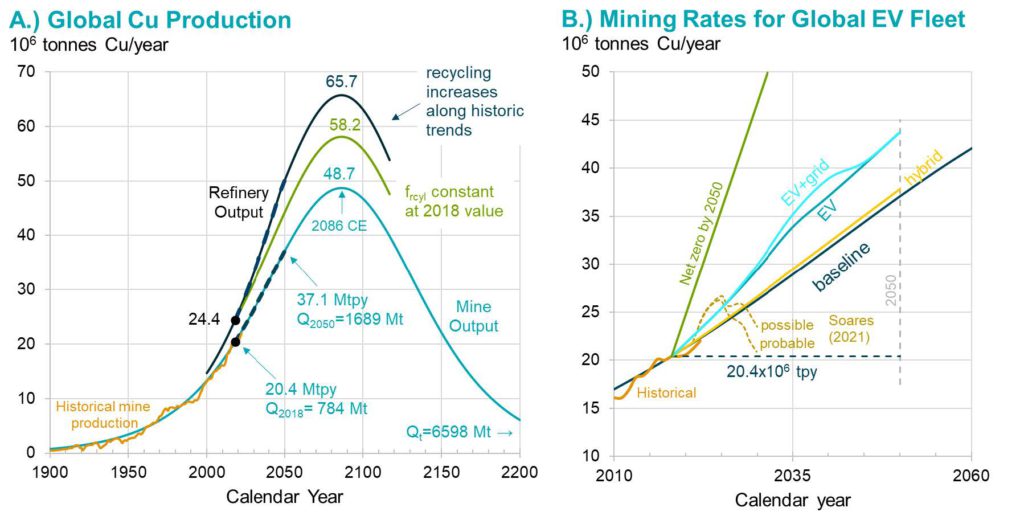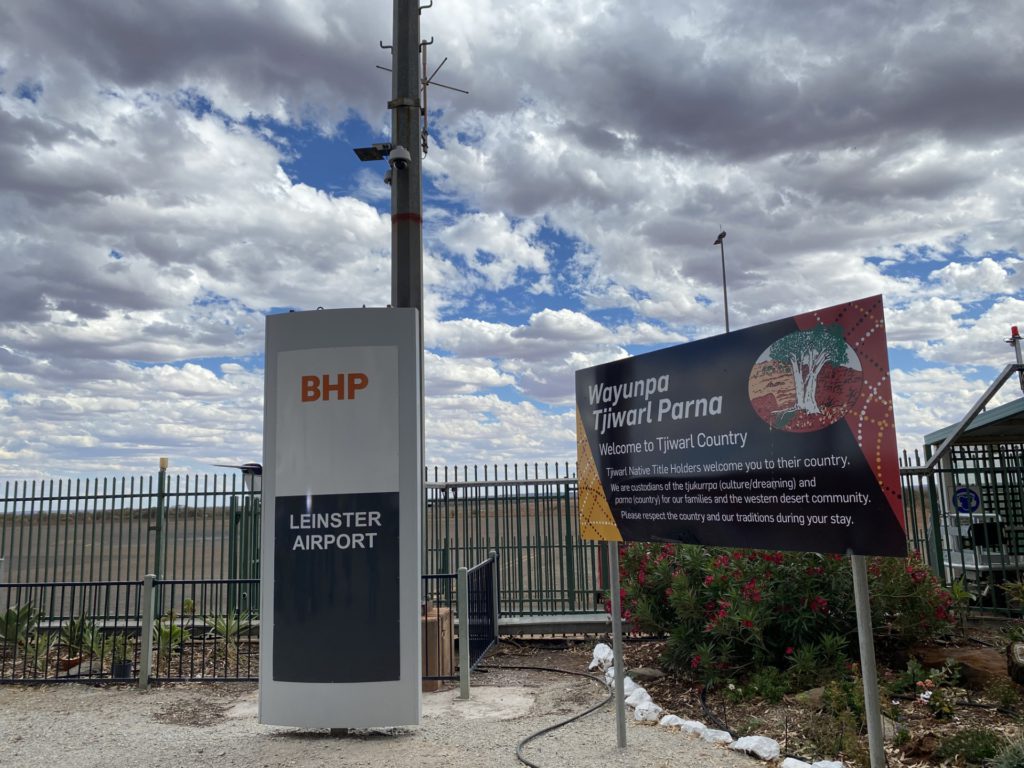Podcast: How are the USA's historic new Vogtle nuclear units doing?
04 July 2024
Southern Nuclear's Senior Vice President at Vogtle 3 and 4, John Williams, on the achievement of completing the first new US nuclear power units in more than 30 years - and the lessons which can be shared.
Williams talks about the "tremendous pride" felt by everyone involved in completing the new units, with both Westinghouse AP1000s performing well and Vogtle 3 operating at 98% capacity since being put into service a year ago. As well as the direct jobs - 9000 workers were on site at peak construction - he says the new units are demonstrating the benefits of carbon-free energy, and the role that can be played in the future of energy in the US and further afield.
The project had many well-documented challenges to overcome - the impact of Fukushima, Westinghouse's Chapter 11 bankruptcy in 2017 and the global pandemic - and Williams outlines some of the lessons learned which Southern Company - Southern Nuclear and Georgia Power's parent company - is committed to sharing with utilities in the US and other countries as they embark on their own projects.
The first lesson, he says, is the need for resilience, which has been demonstrated by the project partners Georgia Power, Oglethorpe Power, MEAG Power and Dalton Utilities, and operator Southern Nuclear
Others include a "tremendous partnership" with the workforce, a constructive regulatory environment at both state and federal level and "we can't stress enough how important it is that the engineering design of a power plant is sufficiently complete to support efficient construction".
 Vogtle 3 and 4, pictured in March 2024 (Image: Georgia Power)
Vogtle 3 and 4, pictured in March 2024 (Image: Georgia Power)
He added: "Our last one that we always tell is that it's important that the owner and operator of the facility own the project from the beginning. There are myriad of commercial arrangements whereby these projects could get built, but whoever's going to own it and operate it is ultimately responsible for the cost for the schedule, for the regulatory compliance and we believe ownership by that owner operator is critical from the very beginning."
Williams said that over the years there have been "ebbs and flows but I think right now public opinion around nuclear energy is probably at its highest because people recognise the solution that it can play as we look to fight climate change. So we need reliable energy in a way that minimises impact to the environment. Nuclear energy is the right solution for that."
In the World Nuclear News round-up Claire Maden reports on the progress of the ADVANCE Act in the US, Kazakhstan's plans for a referendum later this year on new nuclear, and the latest uranium-mining developments in Niger.
Listen and subscribe on all major podcast platforms
World Nuclear News podcast homepage
Spotify
Apple
Amazon Music
Google
Episode credit: Presenter Alex Hunt. Co-produced and mixed by Pixelkisser Production
US study examines feasibility of coal-to-nuclear conversion
10 July 2024
A study by researchers at the University of Michigan ranks the feasibility of converting 245 operational coal power plants in the USA into advanced nuclear reactors, providing valuable insights for policymakers and utilities to meet decarbonisation goals.
.jpg?ext=.jpg) The Petersburg coal plant in Indiana was found to be the most feasible large plant to convert to nuclear (Image: AES Indiana)
The Petersburg coal plant in Indiana was found to be the most feasible large plant to convert to nuclear (Image: AES Indiana)In 2022, coal-fired power plants accounted for nearly 20% of total energy generation in the USA, resulting in the emission of 847 million metric tonnes of CO2, equivalent to 55% of the country's total CO2 emissions from the power sector.
Coal power plants (CPPs) are being phased out in many countries, including the USA. Utilities across the nation have incorporated the transition from coal-fired generation to cleaner energy resources into their Integrated Resource Plans. Furthermore, several utilities have set a goal to retire all CPPs within the next 15 years.
As part of this transition, there is a need to repurpose retired CPPs to alternative clean sources - one possibility is nuclear energy, which can generate the same stable base load of energy as coal but with zero carbon emissions, the study says.
Rather than establishing new sites, transitioning operational CPPs to nuclear plants can save time and money by using existing equipment like transmission lines and power system components. Surrounding communities also stand to benefit from the transition, retaining jobs and tax bases as coal plants are phased out.
The new University of Michigan study systematically evaluates the potential for coal-to-nuclear (C2N) energy transitions in the USA using the Siting Tool for Advanced Nuclear Development (STAND). Developed by the University of Michigan, National Reactor Innovation Center in Collaboration, Argonne National Laboratory, Idaho National Laboratory and Oak Ridge National Laboratory, STAND enables users to input socioeconomic factors, safety, and proximity parameters to select potential advanced nuclear reactor development sites.
"The tool's ability to evaluate multiple sites simultaneously while balancing a suite of objectives offers a more scalable and robust analysis than previous studies, which focused on a few specific plants," the researchers noted.
The 245 operational coal plants studied were classified into two different groups based on their nameplate capacity. "Since advanced nuclear reactors are divided into various classes, such as microreactors, medium-scale reactors, and small modular reactors, it is necessary to categorise coal plants accordingly to match their capacity for a smooth transition to nuclear power," the study says.
Results revealed a broad spectrum of suitability levels and tradeoffs across different locations, highlighting both the feasibility and complexity of transitioning from coal to nuclear capacity. For the smaller electric capacity group, the feasibility score ranged from 51.52 to 84.31 out of 100 with a median of 66.53. The larger electric capacity group ranged in feasibility scores from 47.29 to 76.92 with a median of 63.97.
The R M Schahfer coal plant in Indiana emerged as the most feasible smaller electric capacity site, generating 1000 MWe or less, while the AES Petersburg plant in Indiana was top-ranked among the larger electric capacity sites, having generation capacity greater than 1000 MWe.
"The analysis conducted by STAND can benefit energy modelers, stakeholders, policymakers, utilities, and energy industries in making informed decisions," the study concludes. "It provides a top-down approach to assessing the potential for C2N transition in different coal sites. However, it is essential to emphasise that further on-site geological investigations, environmental assessments, and community engagement processes are necessary before finalising decisions related to reactor licensing."
"My hope is that this work, which looks at the potential for coal-to-nuclear transitions in a very granular way, for each coal plant across the country, can inform the national and state-level conversations that are unfolding in real time," said Aditi Verma, assistant professor of nuclear engineering and radiological sciences at University of Michigan and senior author of the study.
The study - published in Energy Reports - was sponsored by the Department of Energy Office of Nuclear Energy, funded through the Nuclear Energy University Program.
The possibility of replacing coal power plants with nuclear capacity is being actively explored in the USA and elsewhere. TerraPower in 2021 announced plans to build a demonstration unit of its Natrium sodium-cooled fast reactor at a retired coal plant site in Wyoming; in 2022, the the Maryland Energy Administration announced its support for work to evaluate the possibility of repurposing a coal-fired electric generating facility with X-energy’s Xe-100 small modular reactor; and Holtec International recently said it is considering coal plant sites as possible locations for its SMR-160 with plans to bring the first unit online as early as 2029. In Poland, NuScale is exploring with energy company Unimot and copper and silver producer KGHM possibilities for its reactors to replace coal-fired power plants.
Dominion considers deploying SMR at North Anna
11 July 2024
US utility Dominion Energy has issued a Request for Proposals from small modular reactor vendors to evaluate the feasibility of developing an SMR at its North Anna nuclear power plant in Virginia.
.jpg?ext=.jpg) Governor Youngkin with plant employees after his ceremonial bill-signing at North Anna (Image: Dominion Energy)
Governor Youngkin with plant employees after his ceremonial bill-signing at North Anna (Image: Dominion Energy)
"While the RFP is not a commitment to build an SMR at North Anna, it is an important first step in evaluating the technology and the North Anna site to support Dominion Energy customers' future energy needs consistent with the company's most recent Integrated Resource Plan (IRP)," Dominion said.
In its 2023 IRP, the company said it plans to continue evaluating the feasibility, operating parameters, and costs of SMRs and will update modeling assumptions related to SMRs in future filings.
"Potential cost reductions relative to the assumptions reflected in the 2023 Plan may be realised as the design of SMRs matures and as anticipated construction schedules are established. Based on updated capital, operating and maintenance costs, continued progress of licensing timelines, and new policy initiatives or legislative changes, it is conceivable that the deployment of SMRs could be further accelerated by the company, with the first SMR being placed in service within a decade," it said.
The issuance of the RFP was announced at an event on 10 July at the North Anna site. Company leaders were joined at the event by Virginia Governor Glenn Youngkin, Virginia Lieutenant Governor Winsome Earle-Sears, Virginia State Senator Dave Marsden, Virginia State Senator Mark Peake and Louisa County Board of Supervisors Chair Duane Adams, among other local and state leaders.
Dominion also announced that it intends to seek "rider recovery" of SMR development costs in a filing with the Virginia State Corporation Commission expected later this year. This was enabled by bipartisan legislation passed by the Virginia General Assembly earlier this year. Governor Youngkin ceremonially signed the legislation at the event at North Anna.
The legislation contains cost caps limiting current SMR development cost recovery to no more than USD1.40 per month for a typical residential customer. Dominion anticipates that its initial request will be substantially below that limit.
"For over 50 years nuclear power has been the most reliable workhorse of Virginia's electric fleet, generating 40% of our power and with zero carbon emissions," said Robert Blue, chair, president and CEO of Dominion Energy. "As Virginia's need for reliable and clean power grows, SMRs could play a pivotal role in an 'all-of-the-above' approach to our energy future. Along with offshore wind, solar and battery storage, SMRs have the potential to be an important part of Virginia's growing clean energy mix."
Governor Youngkin added: "The Commonwealth's potential to unleash and foster a rich energy economy is limitless. To meet the power demands of the future, it is imperative we continue to explore emerging technologies that will provide Virginians access to the reliable, affordable and clean energy they deserve. In alignment with our All-American, All-of-the-Above energy plan, small nuclear reactors will play a critical role in harnessing this potential and positioning Virginia to be a leading nuclear innovation hub."
The North Anna site is currently home to two 944 MWe pressurised water reactors, which began commercial operation in 1978 and 1980, respectively. Under their current licences, North Anna units 1 and 2 can continue to operate through 2038 and 2040, although Dominion has applied for 20-year extensions for both units.
Aalo prepares for US licensing of microreactor
10 July 2024
Aalo Atomics has submitted a pre-application regulatory engagement plan (REP) with the US Nuclear Regulatory Commission (NRC) for its Aalo-1 microreactor, detailing the planned pre-licensing application interactions with the regulator.
.jpg?ext=.jpg) (Image: Aalo Atomics)
(Image: Aalo Atomics)
An REP helps reactor developers' early interactions with NRC staff and can reduce regulatory uncertainty and add predictability to licensing advanced technologies. There is no regulatory requirement for an REP, and the guidelines note that the topics and appropriate level of detail a prospective applicant would wish to include are entirely voluntary and should be agreed upon in discussions between the applicant and NRC staff.
Austin, Texas-headquartered Aalo said: "By setting expectations, building trust, and addressing the NRC's questions and concerns early on, we aim to create a safe, socially acceptable, and commercially viable Aalo-1 reactor for the Idaho Nuclear Project."
The company said that initially, this project will feature seven independent Aalo-1 reactors, potentially expanding to an additional seven reactor units.
"Once we get the green light and start construction, this will be the highest number of nuclear reactors at a single site in the US - a game-changer for small reactor clusters," Aalo said. "This plant will help our partner utility provide affordable, reliable electricity to meet current and future energy and sustainability needs. We aim to have it up and running by 2029."
In May, Aalo announced it had completed the conceptual design of the Aalo-1 - a factory-fabricated 10 MWe sodium-cooled microreactor that uses uranium zirconium hydride (UZrH) fuel elements. It plans to construct a full-scale, non-nuclear prototype of the reactor that will be used to test and refine its technology, ensuring that Aalo-1 meets its technical, regulatory, and economic targets.
The company also said in May that it had signed a siting memorandum of understanding with the Department of Energy (DOE), marking the first step towards deploying its first Aalo-1 reactor at the Idaho National Laboratory (INL) site in Idaho. "While not yet confirmed, Aalo intends to leverage this siting MoU towards locating the first Aalo-1 reactor at the Central Facilities Area site within INL, a location chosen to collocate with newly constructed megawatt-scale electrolysers, and INL's upcoming hydrogen motorcoach fleet," Aalo said.
It plans to submit a combined construction and operating licence application (COLA) for the project in 2026.
In December last year, Aalo was among the first FY2024 recipients announced for GAIN vouchers. The federally funded vouchers aim to accelerate the innovation and application of advanced nuclear technologies by providing companies access to the extensive nuclear research capabilities and expertise of the US Department of Energy's national laboratory complex.
GAIN - Gateway for Accelerated Innovation in Nuclear - is an initiative launched in 2016 by the DOE Office of Nuclear Energy which helps businesses overcome critical technological and commercialisation challenges of nuclear energy technologies through a voucher system, giving stakeholders access to the DOE's R&D facilities and infrastructure to support the cost-effective development of innovative nuclear energy technologies. All awardees are responsible for a minimum 20% cost-share, which could be an in-kind contribution.
Aalo was awarded GAIN vouchers to collaborate with INL to evaluate modelling and simulation capabilities for the fuel and core system of the Aalo-1 microreactor, which is inspired by INL's planned MARVEL microreactor.
Researched and written by World Nuclear News
.jpg?ext=.jpg) An impression of how the stellarator may look (Image: Type One Energy)
An impression of how the stellarator may look (Image: Type One Energy).jpg?ext=.jpg) NWMO President and CEO Laurie Swami congratulates Mayor Kim Baigrie on Ignace confirming that it is willing to host a deep geological repository (Image: NWMO)
NWMO President and CEO Laurie Swami congratulates Mayor Kim Baigrie on Ignace confirming that it is willing to host a deep geological repository (Image: NWMO).jpg)
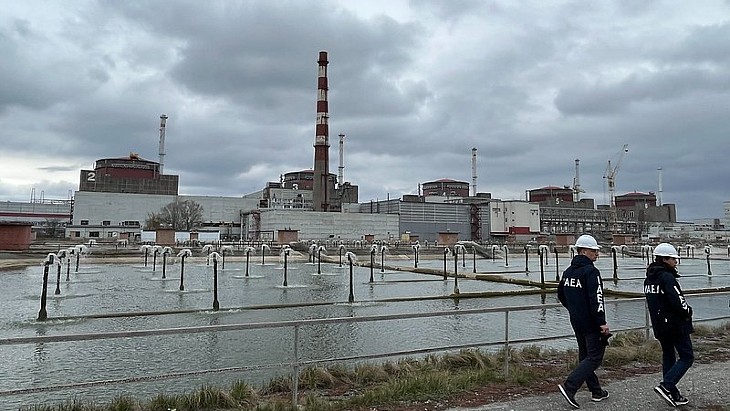 IAEA experts have been at the plant for nearly two years (Image: IAEA)
IAEA experts have been at the plant for nearly two years (Image: IAEA)


